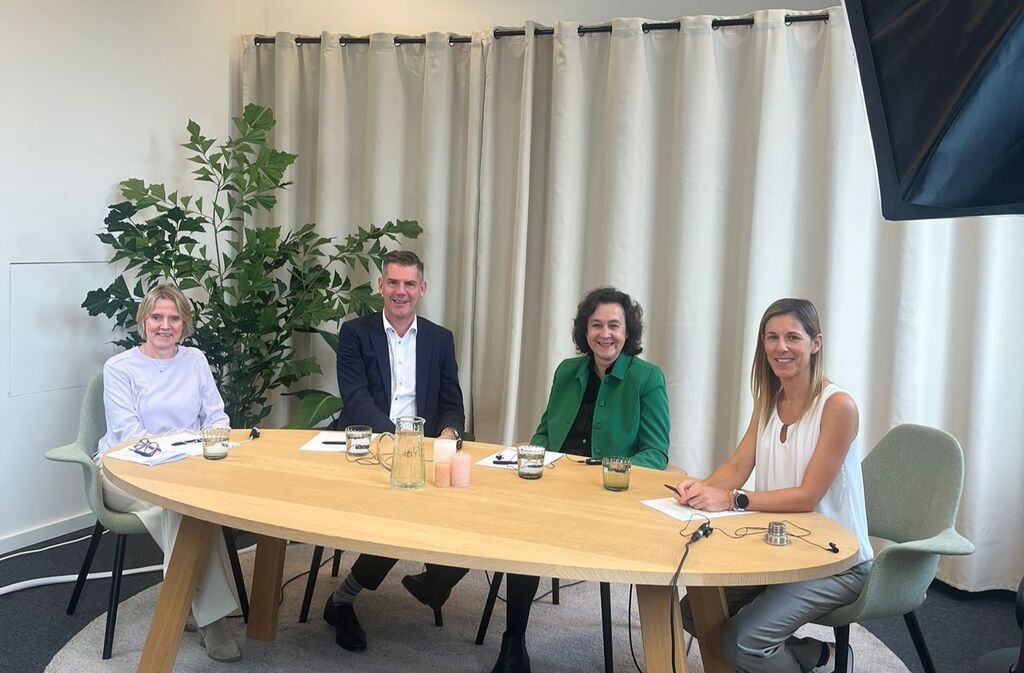The majority of today's workforce is permanently employed by an organization. However, freelancers, gig workers, crowdsourced employees, etc. are increasingly appearing on the scene. Their numbers are only expected to increase even more in the coming years. Growth in the variety, number and importance of different types of work arrangements will undoubtedly become a critical factor in how work is getting done in and for an organization. Today, however, we see organizations having a harder time finding the right talent. The "war for talent" is top of mind again. In the process, hiring permanent staff is usually preferred.
Looking ahead to 2030, we can no longer talk about "recruiting talent," but increasingly about "accessing talent". To strengthen the organization's foundations for the future and remain resilient, the sustainable deployment of talent is crucial. It is adopting an open view of talent: flexibly deploying existing talent within the organization and collaborating with externals. This requires rethinking traditional HR approaches. We can no longer look at developing, hiring and temporarily deploying talent as mutually exclusive options, we must rather strive to integrate them with each other.
The message is to implement an inclusive talent policy, where internal and external employees together pursue individual and collective goals. External employees are thereby an essential part of a strategic workforce planning and of the organization's ecosystem. Create a positive long-term relationship with them as well.
"Making the switch in a way of thinking from "attraction" to "access" to talent will be THE way to have the right talent, right experience in your organization at any given time. How this can then lead to a totally inclusive talent policy will require some more steps from the employer side, taking into account, among other things, the legal constraints that still exist. Leveraging the diversity of the talent ecosystem in this way already seems like a great 2030 challenge to me!"






